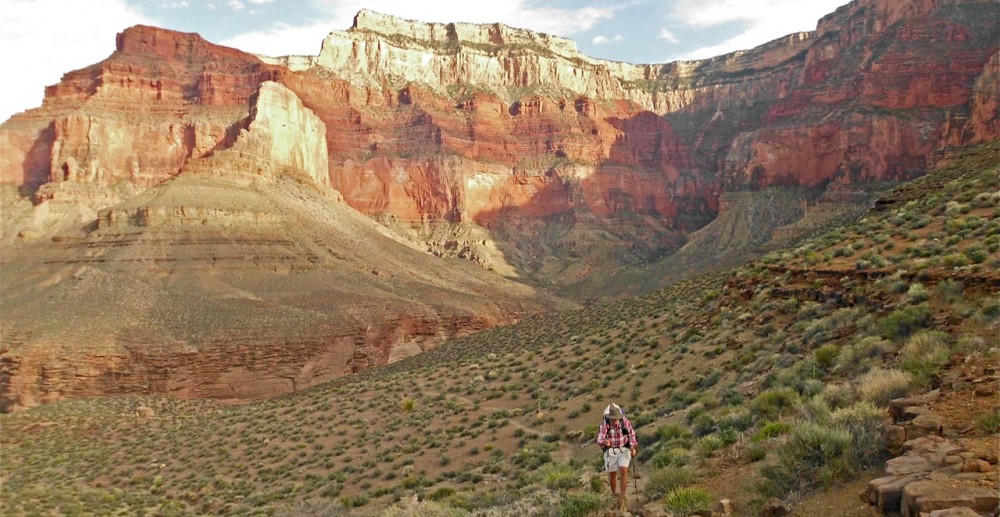Would you believe we came all the way to Belgium just to taste farm fresh ice cream? Our friend Rik and his wife Louisa whom we met in Trang, have been raving about this farm cycling distance from their village that has the best ice cream in the world. Well maybe not in the world, but the best that he’s experienced.
We meet Rik and Louisa in our favorite Trang guesthouse four years ago and learned that he was an avid cyclist in his home country, riding with his club several times a week. Like us, they find Trang a perfect place to keep warm for the winter and relax out of the typical tourist travels. We’ve enjoyed concurrent holidays abroad with them for each year since and last year we arranged for him to borrow a bike from the Trang Cycling Club for his 60 day stay across the drive from us.
One of the side benefits of exercising daily is “virtuous binging” (a term Jill – Dragonfly’s Admrial, Chef and Clerk-of-the-Works – coined) i.e. indulging and sampling every ice cream you come across. Rik introduced us to Magnum ice cream bars, a product of Beligum, sold in almost every kiosk in Thailand. According to Rik, “Magnum’s are really good, but you’ do got to try the ice cream sold at a farm outside our village”. And now we agree with him. It’s not often I go back for a second sundae.
We’ve been known to take a vacation from travels and this has been one of the best, packing in a pre-winter visit and reconiorting in a country neither of us knew much about, with cultural and historical tours. Always eager to see and learn as much as we can about the places we visit, Rik and Lousia were tireless in answering all our queries. There are always more things alike in different countries than one realizes and still something to shared or adopted into our culture. Not to mention that many of the world’s current troubles have already been experienced in Europe many times in the past.
Bokrijk historic village was Belgium version of the Swiss exhibition at Ballengerg where they both have transplanted historic structures including the contents into a country side park. We were lucky to visit on a day when most of the houses, barns, workshops and mills had live costumed actors baking, brewing and pounding out foods and materials just as they had in their historic periods.

Considerable effort was put into not only scripts for the school meister, the deputy mayor and the hausfrau to play out, there was a number of sites with real period games and toys to use. Kids and not so young rolled hoops, field bowled, walked on stilts, pitched balls and bags or rode the several early bikes examples they supplied.
We caught one 50 year old “unemployed field hand” who went out of character to explain the political times they were acting out, where the farms didn’t have any work, industrial work in the cities was 72 hours a week, the rise of early socialism, and the very interesting fact then when male peasants were finally allowed to vote, they never realized that the upper gentry was given 4 votes for every one of their single votes.
We got a guided tour of an ancient gigantic church which took 200 years to complete, with the social, political, commercial and military history that involved the church from the crusades (remember the Christians went south to drive out the Muslims – timely turn of events) , continuing thru all the neighbors envasions and into the Second World War. This historic edifice gave succor to thousand for centuries and now they barely get 30 old people to come to the only mass on Saturday evenings.
Back to that working farm’s ice cream: Evidently they was too much production on milk in the region so this family decided to start making ice cream with their own milk rather than sell it all at lower prices. Whatever their method is, it’s the creamiest lightest blend of flavor so ever tasted. To top off any serving they offer a super helping of whipped cream with any of the traditional syrup toppings. One large “ball” is 1 Euro and a smothering of whipped cream another 50 cents.
Rik got us permission to visit the milking operation. We stood entranced watching a totally robotic milking machine laser locate each of four individual utters and slap a suction hose, extracting exactly what the RFID’d cow could produce as shown to the attached computer monitor. Each cow voluntarily lines up to the machine, pushing herself in required slot where the robot services her without a human around, save the four gapping strangers behind the glass. (Photos were to dark and overwhelmed by the brightness of the computer monitor)








































